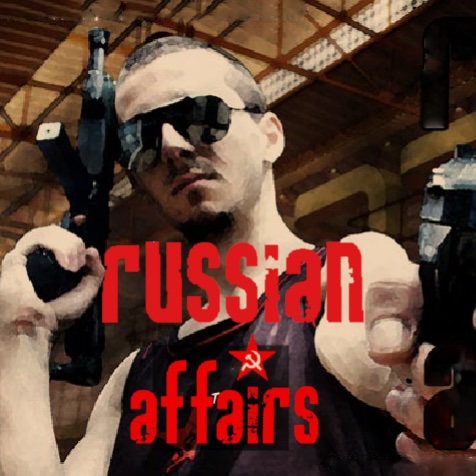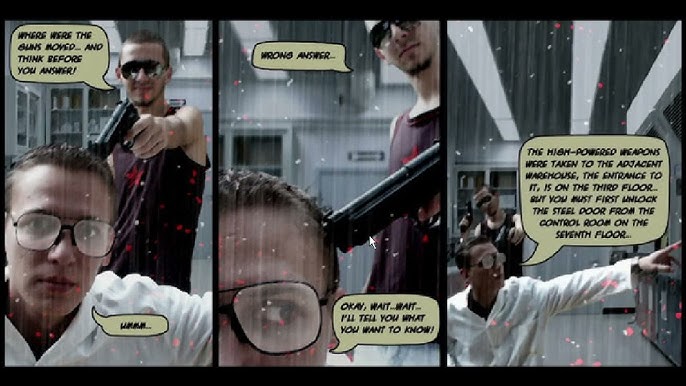Back in 2004, during my time as an Interactive Multimedia student at RMIT in Melbourne, I embarked on a project that would unexpectedly leave its mark: Russian Affairs, an interactive Flash game. It started as a year-end assignment, but it turned into something much more.
At the time, Macromedia Flash games were everywhere, but the standard was often basic. I wanted to go further, to create something that would make people stop and say, “Whoa, this is different.” I imagined a game that looked sleek, played smoothly, and felt immersive—something that would stand out from the crowd.

The Process
Creating Russian Affairs wasn’t easy, but it was a blast. Armed with my trusty Wacom tablet and a growing knowledge of Macromedia Flash (a now-defunct tool that was revolutionary back then), I dove in. My process was painstaking but rewarding. I filmed some of my friends performing actions like walking, crouching, unholstering a gun, reloading, and shooting. Then, I imported these videos into Flash and broke them down frame-by-frame, painstakingly redrew each one as a vector. It was slow and meticulous work, but it paid off.
Adding little details became my favorite part of the project. Animating flies buzzing around, steam escaping from pipes, and the clinking sounds of reloading a firearm—all of these small touches brought the game to life. I wanted players to feel like they were stepping into a gritty noir-style action story, and these elements helped create that atmosphere.
The Outcome
When I finally launched Russian Affairs, I didn’t expect the response it received. Thousands of people played it, and the huge flow of traffic took down my website multiple times. It was amazing to see something I created go viral.
In hindsight, I missed an opportunity to monetize the game. Flash was an exciting, experimental space back then. I was more focused on learning and creating than on turning a profit. Still, seeing people enjoy the game made it worth all the effort.
Lessons Learned
Russian Affairs taught me a lot, not just about game development but also about the value of paying attention to detail and pushing creative boundaries. It was a massive learning curve, from mastering Macromedia Flash to figuring out how to design game-play that felt satisfying. And while Flash is now a relic of the past, the skills and lessons I gained from this project are timeless.

Where You Can Play It
Although Flash is no longer supported by modern browsers, preservation efforts have kept Russian Affairs alive on sites dedicated to archiving these kinds of games. If you’re curious to experience a slice of mid-2000s interactive gaming, here’s the link (below) where you can play it.
Creating Russian Affairs was one of the most rewarding projects I’ve worked on, and I’m thrilled it still resonates with people today. Who knows—maybe one day, I’ll revisit the concept and bring it into the modern gaming world. Until then, it’s a snapshot of a time when creativity and ambition could shine in just a few megabytes.




